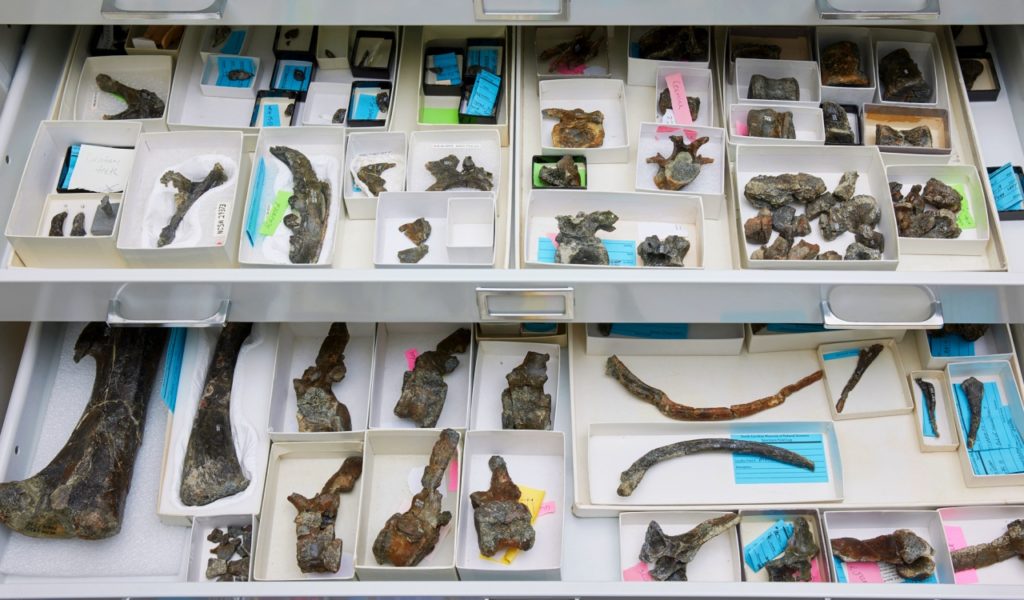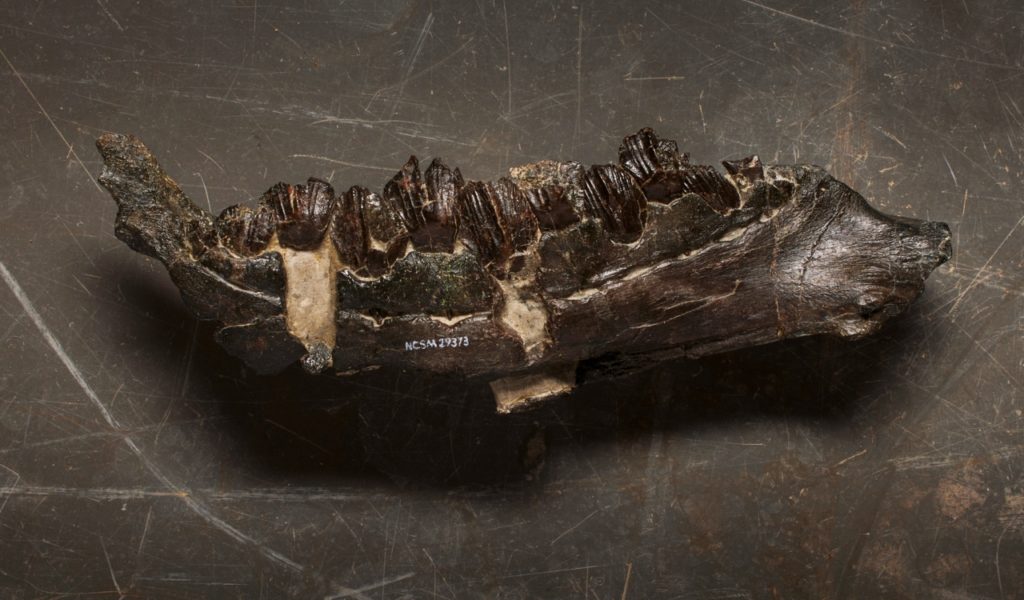A newly discovered dinosaur, given the name Iani smithi after Janus, the Roman God of Change, was an early ornithopod. The species was the group that ultimately gave us the commonly known duckbill dinosaurs.
You’ve probably seen some of those dinosaurs like the Parasaurolophus or Edmontosaurus. Even if you don’t know the names off the top of your head, you’ve likely seen them. The species it belongs to is interesting, but it is bigger than just another paleontology discovery.
In fact, many climatologists and other environmental scientists believe it offers new data for ecological changes in North America. The newly discovered dinosaur lived during the early part of the Late Cretaceous period. This species dates back to roughly 100 million years ago.
However, we know there were a lot of ecological changes and disruptions going on during this point. This dinosaur was discovered in Utah’s Cedar Mountain Formation. Funny enough, it is not the only discovery from the region that’s from this era. A few others also lived in the area during this point in history.
That proved something significant. Despite clear issues, many dinosaurs endured long after one would assume they could.
The Significance Of This Newly Discovered Dinosaur

Iani smithi lived during an era of major and notable global warming. A period that, ironically, is not too dissimilar to what we’re seeing today.
Keep in mind that Iani smithi was also a plant-eater, not a meat-eater. Any dinosaurs like this would have experienced food shortages after a while, leading to a decline in population.
This newly discovered dinosaur was part of what many call the “last gasp” of the overall dinosaur population it belonged to. The climate became too intense due to rising CO2 levels and global warming, which caused massive changes to dinosaurs worldwide.
The Iani smithi dinosaur found was a juvenile. Remarkably, they found almost the entire skeleton, including its skull, vertebrae, and limbs.
The discovery gave us new insight into ecological changes happening in North America 100 million years ago. A study was conducted on this by Lindsey Zanno of the North Carolina Museum of Natural Sciences as well as her colleagues.
There was a boundary between the Early & Late Cretaceous Periods. This saw a major reassembly of our global ecosystems due to the rising global temperatures. Fossil records of the Western North American region have given us well-documented information about marine habitats during this time period.
However, we had very little information about terrestrial life. Zanno and her colleagues identify the newly discovered dinosaur, Iani smithi, as a major part of their study.
Iani smithi Lived At A Crucial Time In Dinosaur History

Iani is from the early branch of ornithopod dinosaurs. This is a group of mostly bipedal herbivores. However, what makes Iani so significant is that it is the first early-diverging ornithopod known from the Late Cretaceous period in North America.
Going off of other discoveries from the same geologic formation, we know the species lived during a difficult time ecologically. It is uncertain exactly how long the surviving dinosaurs were able to last, however.
Since Iani and its closest cousins are found in ancient coastal habitats along the now-gone Western Interior Seaway, this suggests more investigation into coastal deposits of similar age could be crucial. As this could lead to further evidence that could address lingering questions we still have.
Lindsey and her colleagues claimed:
“Early ornithopods were once a common part of North American ecosystems, but we did not know they survived into the Late Cretaceous. The discovery of Iani helps us link their extinction on the continent with a major interval of global warming, one with striking similarities to our current climate crisis.”
That said, we most certainly need to continue looking into as much as we can. Not just from the Utah region referenced, but also coastal territories that could give us more insight. Perhaps some of that could even lead to further discoveries that could answer even more questions.
References:
New Dinosaur Species Discovered in Utah Lived in an Era of Epic Ecological Changes